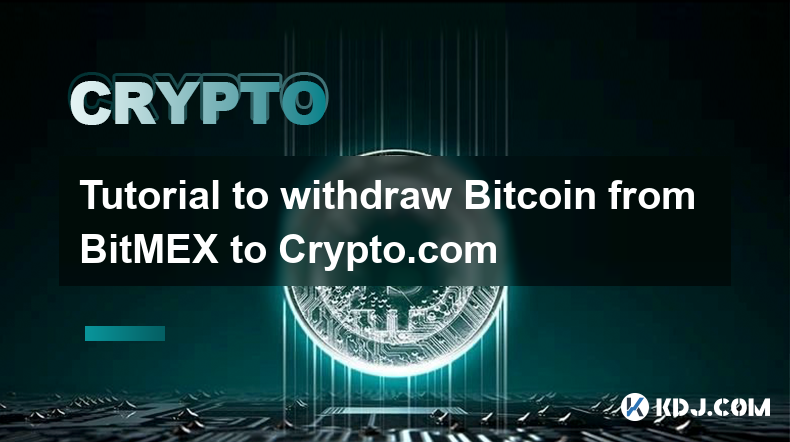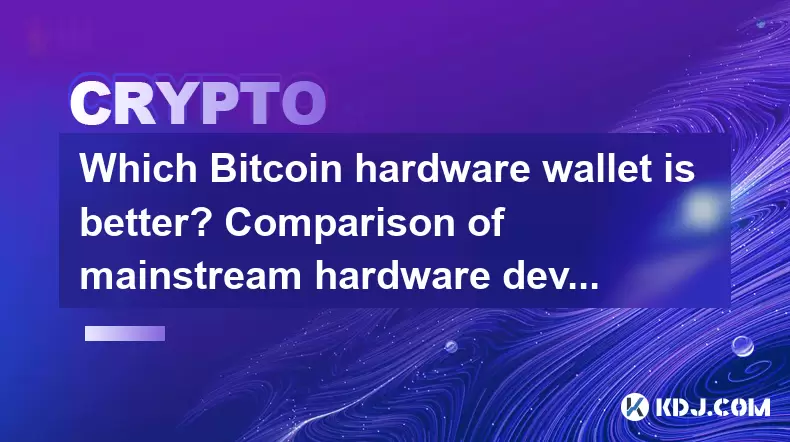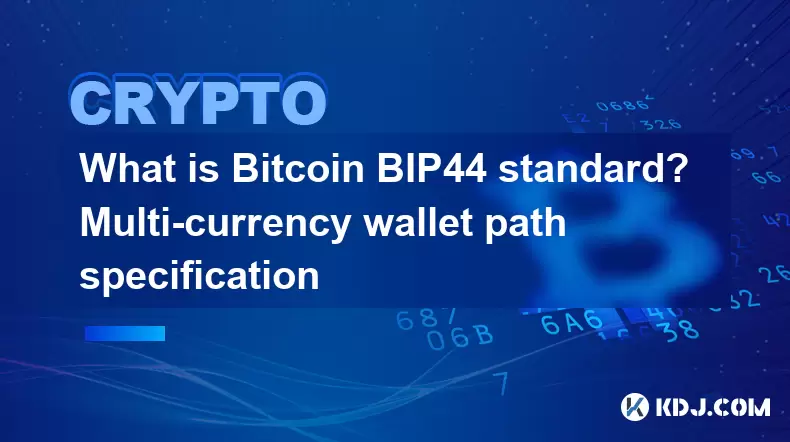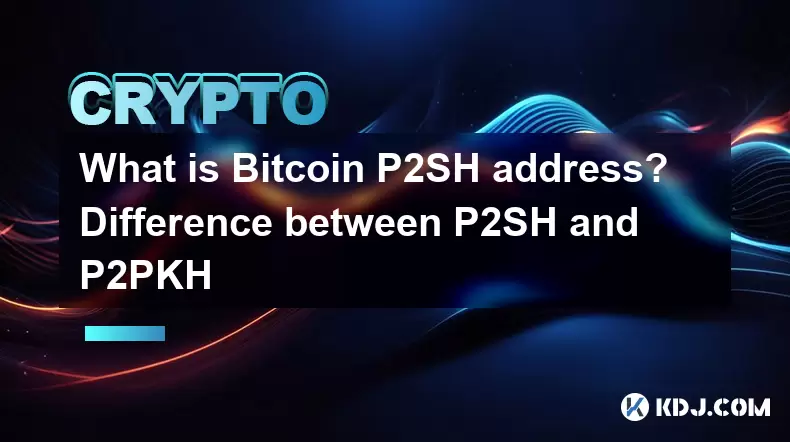-
 Bitcoin
Bitcoin $108,639.5535
1.29% -
 Ethereum
Ethereum $2,507.1944
3.16% -
 Tether USDt
Tether USDt $1.0003
0.00% -
 XRP
XRP $2.1982
0.65% -
 BNB
BNB $654.1814
0.99% -
 Solana
Solana $152.3907
1.88% -
 USDC
USDC $0.9998
-0.01% -
 TRON
TRON $0.2763
0.40% -
 Dogecoin
Dogecoin $0.1683
3.32% -
 Cardano
Cardano $0.5716
1.42% -
 Hyperliquid
Hyperliquid $40.7564
8.17% -
 Bitcoin Cash
Bitcoin Cash $500.5813
1.41% -
 Sui
Sui $2.8642
2.51% -
 Chainlink
Chainlink $13.5555
1.79% -
 UNUS SED LEO
UNUS SED LEO $9.1649
0.51% -
 Avalanche
Avalanche $18.4650
3.41% -
 Stellar
Stellar $0.2386
0.24% -
 Toncoin
Toncoin $2.8878
1.59% -
 Shiba Inu
Shiba Inu $0.0...01168
1.67% -
 Litecoin
Litecoin $87.6955
2.00% -
 Hedera
Hedera $0.1517
3.12% -
 Monero
Monero $312.6714
1.11% -
 Polkadot
Polkadot $3.5008
3.27% -
 Bitget Token
Bitget Token $4.6166
-0.55% -
 Dai
Dai $0.9999
0.00% -
 Ethena USDe
Ethena USDe $1.0002
0.01% -
 Uniswap
Uniswap $7.3109
3.98% -
 Pepe
Pepe $0.0...01008
6.25% -
 Aave
Aave $276.8587
7.04% -
 Pi
Pi $0.5277
-0.95%
Tutorial to withdraw Bitcoin from BitMEX to Crypto.com
Withdrawing Bitcoin from BitMEX to Crypto.com involves careful preparation, including verifying account details and understanding fees, to ensure a safe and efficient transfer.
Apr 03, 2025 at 08:56 am

Withdrawing Bitcoin from BitMEX to Crypto.com is a straightforward process, but it requires careful attention to detail to ensure the funds are transferred safely and efficiently. Before you start, ensure that you have an active account on both platforms, and that you have completed the necessary verification processes. This tutorial will guide you through the steps to successfully transfer your Bitcoin from BitMEX to Crypto.com.
Preparing for the Withdrawal
Before initiating the withdrawal, it's crucial to prepare adequately. Ensure that you have the following ready:
- Your Crypto.com Bitcoin deposit address.
- Sufficient Bitcoin balance on BitMEX to cover the withdrawal amount and any potential fees.
- A clear understanding of the withdrawal fees and processing times on both platforms.
Step 1: Accessing Your BitMEX Account
Begin by logging into your BitMEX account. Navigate to the Wallet section, which you can find in the top right corner of the BitMEX interface. Here, you will see an overview of your current balances across different cryptocurrencies, including Bitcoin.
Step 2: Initiating the Withdrawal
Once in the Wallet section, click on the Withdraw button next to Bitcoin. A new window will open, prompting you to enter the details of your withdrawal. Here, you need to:
- Enter the amount of Bitcoin you wish to withdraw.
- Input your Crypto.com Bitcoin deposit address in the "Address" field.
- Optionally, add a memo or tag if required by Crypto.com (though this is typically not needed for Bitcoin withdrawals).
Step 3: Reviewing and Confirming the Withdrawal
After entering the withdrawal details, carefully review all the information. Double-check the Bitcoin address to ensure it matches your Crypto.com deposit address. Once you are confident that all details are correct, click on the Withdraw button to initiate the transaction. You may be prompted to enter a 2FA code to confirm the withdrawal.
Step 4: Monitoring the Transaction
After initiating the withdrawal, you will receive a transaction ID (TXID) from BitMEX. Use this TXID to track the status of your withdrawal. You can use a blockchain explorer like Blockchain.com or Blockchair to monitor the progress of your transaction. It may take some time for the transaction to be confirmed on the Bitcoin blockchain, depending on network congestion and the fees you paid.
Step 5: Receiving the Bitcoin on Crypto.com
Once the transaction is confirmed on the blockchain, the Bitcoin should appear in your Crypto.com account. The time it takes for the funds to be credited can vary, but it typically takes a few minutes to an hour after the transaction is fully confirmed. You can check your Crypto.com account balance to confirm that the Bitcoin has been successfully received.
Understanding Withdrawal Fees and Limits
It's important to be aware of the fees and limits associated with withdrawing Bitcoin from BitMEX to Crypto.com. BitMEX charges a withdrawal fee, which is typically a small fixed amount in Bitcoin. Crypto.com may also have minimum and maximum withdrawal limits, as well as potential fees for receiving Bitcoin. Always review the fee structures on both platforms before initiating a withdrawal to avoid any surprises.
Security Considerations
When transferring cryptocurrencies, security should be a top priority. Here are some tips to ensure your transaction is secure:
- Always double-check the Bitcoin address before confirming the withdrawal.
- Use strong, unique passwords for both your BitMEX and Crypto.com accounts.
- Enable two-factor authentication (2FA) on both platforms to add an extra layer of security.
- Be cautious of phishing attempts and never share your private keys or login details with anyone.
Troubleshooting Common Issues
If you encounter any issues during the withdrawal process, consider the following troubleshooting steps:
- If the withdrawal is not processing, check the transaction status using the TXID on a blockchain explorer.
- Ensure that you have entered the correct Bitcoin address and that the address is compatible with Crypto.com.
- If the Bitcoin does not appear in your Crypto.com account after the transaction is confirmed, contact Crypto.com support for assistance.
- If you suspect any unauthorized activity or errors on BitMEX, reach out to their support team immediately.
Maximizing Efficiency and Minimizing Costs
To maximize the efficiency of your Bitcoin withdrawal and minimize costs, consider the following tips:
- Withdraw during periods of low network congestion to ensure faster transaction confirmation.
- Pay a slightly higher fee if you need the transaction to be processed quickly.
- Regularly review the fee structures on both platforms and plan your withdrawals accordingly to optimize costs.
Common Questions and Answers
Q: What are the withdrawal fees for transferring Bitcoin from BitMEX to Crypto.com?
A: BitMEX typically charges a small fixed fee for Bitcoin withdrawals, which can vary based on network conditions. Crypto.com may also have fees for receiving Bitcoin, but these are usually minimal. Always check the latest fee structures on both platforms before initiating a withdrawal.
Q: How long does it take to transfer Bitcoin from BitMEX to Crypto.com?
A: The transfer time can vary depending on network congestion and the fees you pay. Generally, it takes a few minutes to an hour for the transaction to be confirmed on the blockchain and credited to your Crypto.com account.
Q: Is it safe to transfer Bitcoin from BitMEX to Crypto.com?
A: Yes, as long as you follow best security practices, such as double-checking the Bitcoin address, using strong passwords, and enabling 2FA. Always be cautious of phishing attempts and keep your private keys secure.
Q: What should I do if my Bitcoin withdrawal is delayed?
A: Use the TXID provided by BitMEX to track the transaction on a blockchain explorer. If the transaction is confirmed but not appearing in your Crypto.com account, contact Crypto.com support. If there are issues with the withdrawal on BitMEX, reach out to their support team for assistance.
Q: Can I cancel a Bitcoin withdrawal after it has been initiated?
A: Once a Bitcoin withdrawal is initiated and broadcast to the blockchain, it cannot be canceled. If you need to cancel a withdrawal, you must do so before it is processed by BitMEX. Always double-check all details before confirming a withdrawal.
Disclaimer:info@kdj.com
The information provided is not trading advice. kdj.com does not assume any responsibility for any investments made based on the information provided in this article. Cryptocurrencies are highly volatile and it is highly recommended that you invest with caution after thorough research!
If you believe that the content used on this website infringes your copyright, please contact us immediately (info@kdj.com) and we will delete it promptly.
- SEI User Activity Sparks Short Squeeze Talk as Price Nears Key Resistance
- 2025-06-30 08:30:12
- Toncoin's Traction: Decentralized Payments Stealing the Show?
- 2025-06-30 08:50:12
- ETH, Crypto, and the Validator Upgrade: Wall Street's New Darling?
- 2025-06-30 08:50:12
- MAGACOIN FINANCE: The Political Meme Coin Shaking Up Crypto in 2025
- 2025-06-30 09:10:12
- Crypto Presale Top Picks for 2025: What's Hot and What's Not
- 2025-06-30 09:30:12
- Qubetics, CEX Debut, and Injective Stellar: A New Yorker's Take on the Crypto Scene
- 2025-06-30 09:30:12
Related knowledge

Which Bitcoin hardware wallet is better? Comparison of mainstream hardware devices
Jun 16,2025 at 02:08am
What Is a Bitcoin Hardware Wallet?A Bitcoin hardware wallet is a physical device designed to securely store the private keys associated with your cryptocurrency holdings. Unlike software wallets, which are more vulnerable to online threats, hardware wallets keep private keys offline, significantly reducing the risk of unauthorized access. These devices ...

What are Bitcoin non-custodial wallets? Self-controlled private key recommendation
Jun 16,2025 at 11:29pm
Understanding Bitcoin Non-Custodial WalletsA Bitcoin non-custodial wallet is a type of digital wallet where users retain full control over their private keys. Unlike custodial wallets, which are managed by third-party services such as exchanges, non-custodial wallets ensure that only the user can access and manage their funds. This means no intermediary...

What is Bitcoin BIP44 standard? Multi-currency wallet path specification
Jun 15,2025 at 04:08pm
Understanding the BIP44 Standard in Bitcoin and CryptocurrencyThe BIP44 standard, which stands for Bitcoin Improvement Proposal 44, is a widely adopted hierarchical deterministic wallet structure used across various cryptocurrencies. It defines a structured path format that enables wallets to support multiple currencies while maintaining consistency and...

What is Bitcoin HD wallet? Advantages of layered deterministic wallets
Jun 16,2025 at 03:56pm
Understanding Bitcoin HD WalletsA Bitcoin HD wallet, or Hierarchical Deterministic wallet, is a type of cryptocurrency wallet that generates multiple keys and addresses from a single seed phrase. Unlike traditional wallets that create random private keys for each transaction, an HD wallet follows a structured hierarchy to derive keys in a deterministic ...

Is Bitcoin zero-confirmation transaction risky? Zero-confirmation usage scenarios
Jun 15,2025 at 03:57am
Understanding Zero-Confirmation Transactions in BitcoinBitcoin zero-confirmation transactions, often referred to as 'unconfirmed transactions,' are those that have been broadcast to the network but have not yet been included in a block. This means they have not received any confirmations from miners. While these transactions can be useful in certain con...

What is Bitcoin P2SH address? Difference between P2SH and P2PKH
Jun 16,2025 at 09:49pm
Understanding Bitcoin P2SH AddressesA Pay-to-Script-Hash (P2SH) address in the Bitcoin network is a type of address that allows users to send funds to a script hash rather than directly to a public key hash, as seen in earlier address formats. This innovation was introduced through BIP 16, enhancing flexibility and enabling more complex transaction type...

Which Bitcoin hardware wallet is better? Comparison of mainstream hardware devices
Jun 16,2025 at 02:08am
What Is a Bitcoin Hardware Wallet?A Bitcoin hardware wallet is a physical device designed to securely store the private keys associated with your cryptocurrency holdings. Unlike software wallets, which are more vulnerable to online threats, hardware wallets keep private keys offline, significantly reducing the risk of unauthorized access. These devices ...

What are Bitcoin non-custodial wallets? Self-controlled private key recommendation
Jun 16,2025 at 11:29pm
Understanding Bitcoin Non-Custodial WalletsA Bitcoin non-custodial wallet is a type of digital wallet where users retain full control over their private keys. Unlike custodial wallets, which are managed by third-party services such as exchanges, non-custodial wallets ensure that only the user can access and manage their funds. This means no intermediary...

What is Bitcoin BIP44 standard? Multi-currency wallet path specification
Jun 15,2025 at 04:08pm
Understanding the BIP44 Standard in Bitcoin and CryptocurrencyThe BIP44 standard, which stands for Bitcoin Improvement Proposal 44, is a widely adopted hierarchical deterministic wallet structure used across various cryptocurrencies. It defines a structured path format that enables wallets to support multiple currencies while maintaining consistency and...

What is Bitcoin HD wallet? Advantages of layered deterministic wallets
Jun 16,2025 at 03:56pm
Understanding Bitcoin HD WalletsA Bitcoin HD wallet, or Hierarchical Deterministic wallet, is a type of cryptocurrency wallet that generates multiple keys and addresses from a single seed phrase. Unlike traditional wallets that create random private keys for each transaction, an HD wallet follows a structured hierarchy to derive keys in a deterministic ...

Is Bitcoin zero-confirmation transaction risky? Zero-confirmation usage scenarios
Jun 15,2025 at 03:57am
Understanding Zero-Confirmation Transactions in BitcoinBitcoin zero-confirmation transactions, often referred to as 'unconfirmed transactions,' are those that have been broadcast to the network but have not yet been included in a block. This means they have not received any confirmations from miners. While these transactions can be useful in certain con...

What is Bitcoin P2SH address? Difference between P2SH and P2PKH
Jun 16,2025 at 09:49pm
Understanding Bitcoin P2SH AddressesA Pay-to-Script-Hash (P2SH) address in the Bitcoin network is a type of address that allows users to send funds to a script hash rather than directly to a public key hash, as seen in earlier address formats. This innovation was introduced through BIP 16, enhancing flexibility and enabling more complex transaction type...
See all articles

























































































